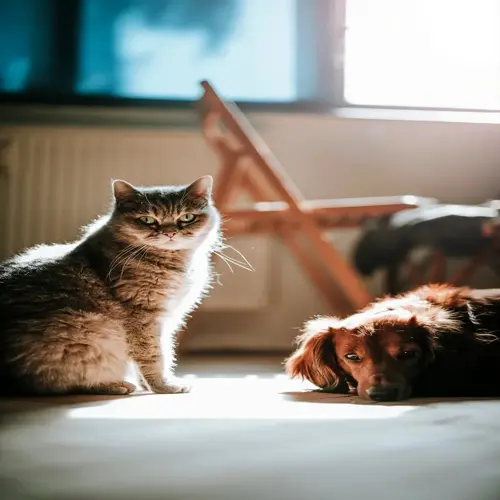How to test litter preferences?

Written by
Wang Jiahao
Reviewed by
Prof. Edward Clarke, Ph.D.To prevent future avoidance of the litter box through wise litter choice, you need to determine your cat's litter preferences. The best way is to do a "litter cafeteria" test with three or four identical litter boxes in a row, with each having a different kind of litter. This will give you a scientific approach to how to determine actual preferences without any guesswork, and indicate the most desirable choice for you.
Setup Protocol
- Use identical low-sided boxes for consistency
- Position boxes in a quiet accessible location
- Fill each with 2 inches of different substrates
Observation Phase
- Monitor usage patterns for 3-5 consecutive days
- Track first-choice boxes after meals
- Note digging comfort and burying efficiency
Evaluation Metrics
- Count successful eliminations per box
- Record time spent digging/burying
- Check for tracking outside each box
Provide a variety of substrate options when testing. Use non-clumping clay for kittens, silica crystals for maximum absorbency, recycled paper pellets for those cats sensitive to dust, and plant-based alternatives such as walnut or corn. Be sure that the same depth and cleaning schedule are maintained across all test boxes.
Reassess preferences every year, or whenever major life events occur, such as moving to a new home or getting new cats. Cats find new things unpleasant from time to time, which will merit making changes. Keep notes on the results of tests, comparing them over time to check developing preferences for litter and note cats' acceptance.
Read the full article: Ultimate Guide to Litter Box Training Success

